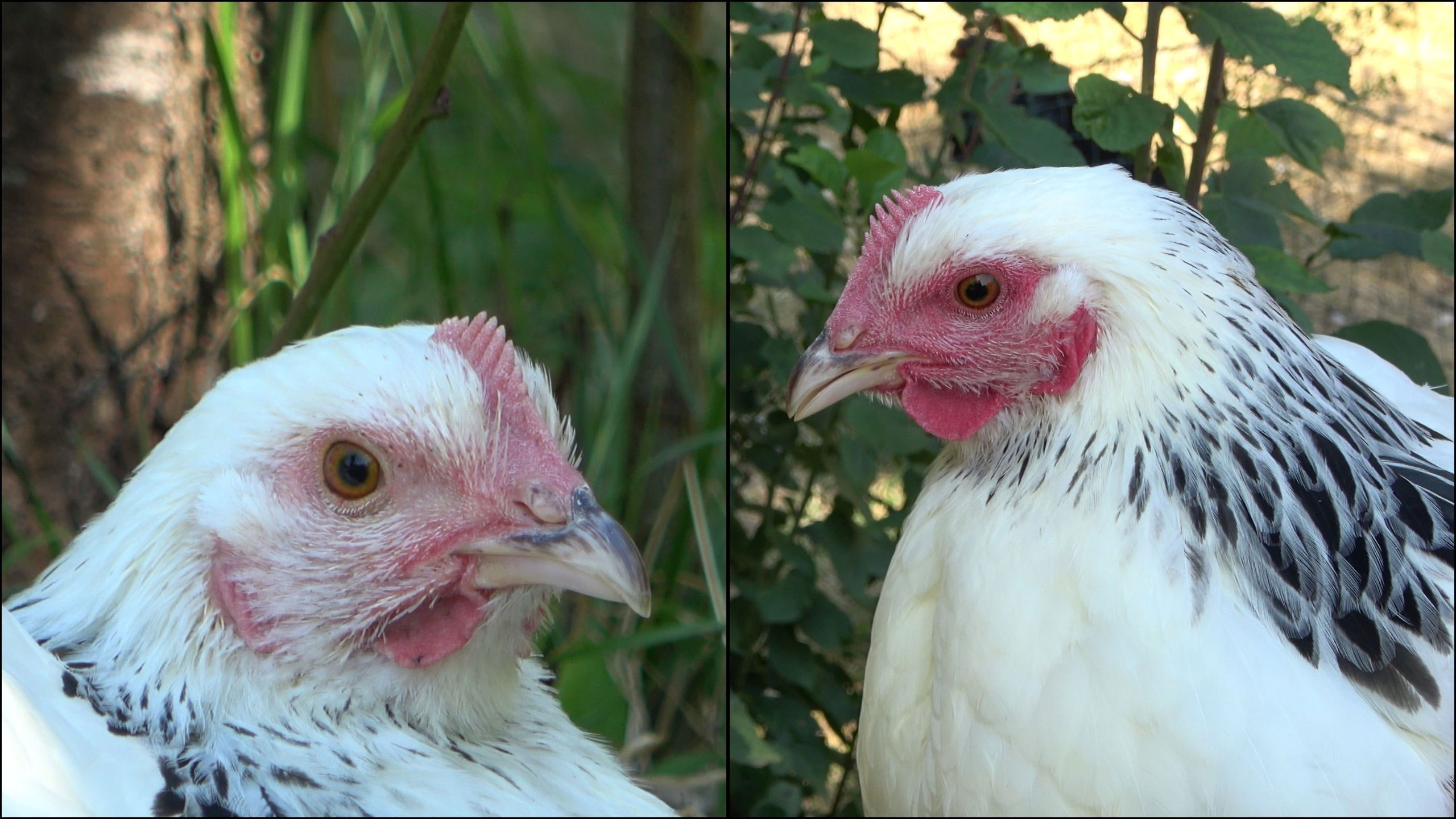Whether happy or sad, when hens get flustered they see red — and so do their farmers. Literally. In a recent study into animal emotional intelligence, researchers found that not only do chickens express their frustrations through facial blushing and feather-fluffing, but also their fondness for their handlers and their excitement for a little treat. And for each emotional state, their combs and jowls either grow red with excitement or wane pleasantly pink with calm.
"When presented with appetizing feed such as mealworms, the hens did get a bit red but their entire face became scarlet red during negative experiences such as capture. In contrast when they were at rest, their skin appeared much lighter in color," said the National Research Institute for Agriculture, Food and Environment in a recent release.
As detailed in the journal Applied Animal Behavior Science, researchers decamped to a lush grove in French wine country with six young Sussex hens for a spell of chicken photography. Across three (deeply enviable) weeks in the verdant Loire Valley, the researchers shot more than 18,000 photos of the fowls in a range of emotional states, building a rich portfolio of chicken expression.
 Assessing the reddening of a hen: lighter red when at rest (on the left), scarlet red during negative experiences such as capture. (INRAE – Bertin and Arnould)
Assessing the reddening of a hen: lighter red when at rest (on the left), scarlet red during negative experiences such as capture. (INRAE – Bertin and Arnould)
The researchers then built a special chicken computer program to analyze the redness levels of the photos. Finally, the researchers used the cluckers' data to determine how a new group of 13 hens would react, ultimately finding that the original hen crew — having grown accustomed to these scientists and their odd rituals — remained calmer as the new ladies took a while to settle into a country life.
"This research has opened up several new prospects, beginning with the description of all possible means of expression for chickens, particularly movement of the head feathers in addition to skin color changes during positive situations such as play or in negative ones such as frustration," like seeing a helping of delicious chicken feed that's just out of pecking range, the institute said.
Researchers now aim to use the data to understand how this chicken reddening may act as a social signal among the birds. And whether, in particular, it might be how the ladies determine their pecking order.
Read more
about this animals, their intelligence and their rights


